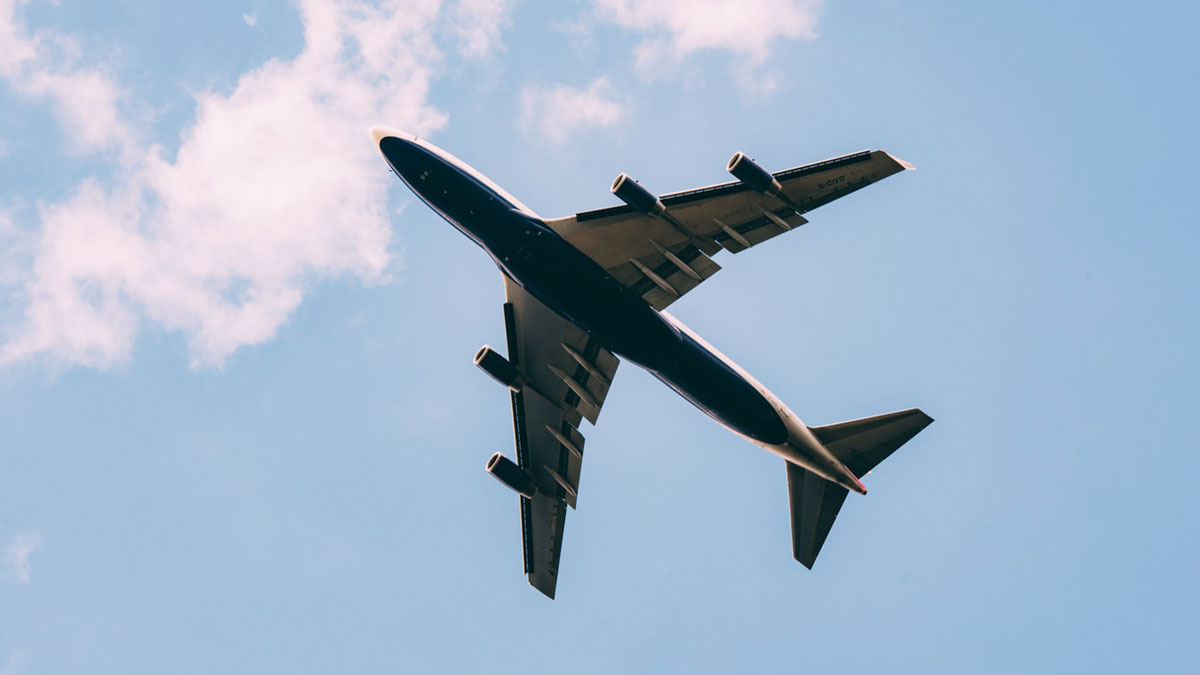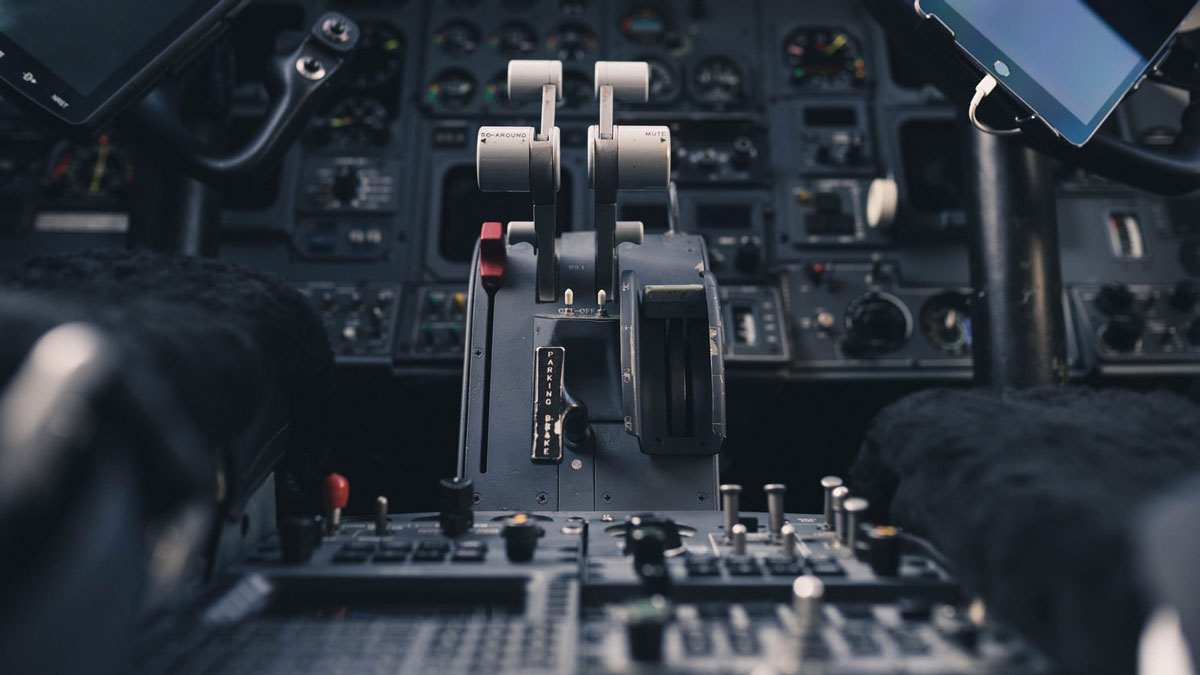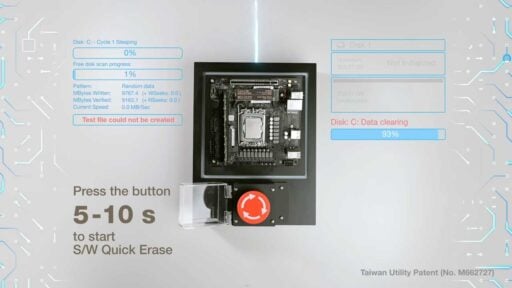Flying an aircraft can be a complicated process but with the right configurations, you can choose the best approach to keep your flight under control. There are different types of planes and their performance is determined by various pre-chosen power settings and configurations that include flap and landing gear.
The aircraft should also attain proper airspeed for an approach, and this depends on its configurations. All the same, the emphasis is on safety and a good aircraft should be aerodynamically efficient. As such, read on to learn some of the configurations a good aircraft should have.
Table of Contents:
Approach Setup
For flying a particular approach, you need to come up with the right power setting and configuration that can help the plane achieve it at optimal speed. For instance, different approaches should be made at 90 knots. If your cruise climb speed is faster or slower than 90 knots, you may miss the approach. However, there is a risk that you should bear in mind; if you suddenly add power for a missed approach, your airplane’s nose may dramatically pitch as the plane tries to maintain its airspeed, which can result in the plane overshooting the attitude. To avoid missed approaches that can contribute to a fatal loss of control, it is essential to maintain the airplane’s appropriate climb speed that can be determined by the quality of its configurations.
Best Aircraft Solutions
We are living in a world that is undergoing rapid technological changes and the aviation sector is no exception. Different solutions can be adopted by the key players in this industry to improve their operations. These UAS based solutions are designed to suit different missions as well as operational challenges that can be encountered in the aviation industry. Players in the aviation industry must embrace new technological advancements to ensure that they stay ahead of the game.
Three Surface Configurations
Other types of aircraft utilize the concept of “three surfaces,” which is the opposite of the flying wing concept and does not have a moment arm for control. This implies that the center of gravity should be tightly controlled. You can trim the aircraft using near minimum drag with three surfaces that also help to save weight. The three surface configurations allow the wing torque box, main landing gear, and the pressure bulkhead to share one fuselage bulkhead.
Landing Gear Configurations
When flying in a retractable gear, you should leave the gear retracted to a point of intercepting the GPS-derived glide path or glidescope. If this approach does not include vertical guidance, you should extend your landing gear at FAF inbound. This approach is similar to the concept of “gear down to go down” and it is designed to make an extension of the landing gear motive force that will cause the aircraft to start its descent and head toward the runway. Ideally, the technique helps to avoid a depressingly gear-up landing. Extending the wheels helps create the required amount of drag in most airplanes with retractable gear. This helps the airplane descend at a constant level approach speed and this is also the correct vertical speed that should be used for a standard three-degree glide path.

Other airplanes consist of long landing gear cycles and they often experience a long drag, while other airplanes extend the landing gear one leg at a moment. These types of airplanes introduce yawning motions till all the three legs are finally down. You may need to extend your gear before glideslope intercept so that you get the motion and drag before you begin the descent aspect of your approach. Other pilots would prefer to have the gear down before the FAF or glideslope in any type of aircraft which is also good as long as consistency is maintained.
Speed Configuration
When flying into a busy tower-controlled airport, you will be asked to keep your speed up or maintain the appropriate forward airspeed so that you can fit into the traffic flow. This is when configuration management comes in handy. A good aircraft should have quality speed configurations that can suit different approaches and altitude. When using a retractable-gear airplane, you need to get the right power setting that will result in the shown airspeed below VLE. Additionally, the maximum landing gear speed may be a VLO in some airplanes and you record this power setting. In other words, a good aircraft should have configurations that help it maintain an appropriate speed in different approaches.
A lot of maneuvers are involved when undertaking a flight, no matter what kind of airplane you are flying. To achieve this, a good aircraft should have quality configurations that can help pilots adjust their airplanes the right way for different approaches. Airplanes consist of a variety of approaches that impact their performance in terms of takeoff, speed, and landing, among other factors.




